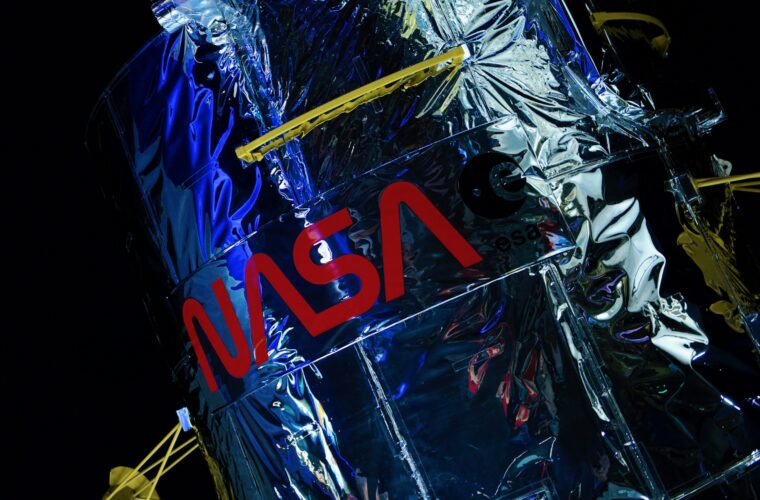Just as politicians rarely keep what they promise before the election, so Elon Musk has deluded us for years about the possibility of living on Mars. After the proclamations and the plans, the billionaire preferred to buy himself a social network rather than come to terms with reality: life on Mars is impossible and will be for quite a while.
Yet the conditions for dreaming of a future beyond orbit are all there; even NASA has stepped in to augment them. “The rounded boulders seen here are believed to have been dragged into Jezero crater, which Perseverance is exploring, by strong floodwaters billions of years ago.” The ‘here’ referred to is Mars, and the novelty described by NASA is gigantic. It has long been known that there was once water on the red planet and that ice is most likely underneath its surface.
Still, until now, nothing suggested that there was so much of it that it generated floodwaters so strong that they blunted the corners of the rocks into pebbles, some of them the size of a car. “This occurred during one of the three main periods that scientists have identified in the development of the lake and river system that occupied Jezero in the past,” reads the US Space Agency statement.
The search for life
Around 3.5 billion years ago, then, according to the new discovery, water flowed across a Martian plain called Isidis Planitia before entering the crater. And it did so vigorously enough to carry the boulders seen in the photo. One of the Perseverance rover’s main missions is to search for potential signs of past life on Mars. Currently, there is still no evidence that life existed on the red planet.
But the Jezero crater would have been the ideal place if microorganisms ever evolved. It was once home to streams, rivers, and a lake 35 kilometres in diameter. Life could have thrived in the wet soils of this region, like how it did billions of years ago on Earth. Although it is now a foregone conclusion and too often trivialized, Mars remains the place in the solar system where extra-terrestrial life is most likely to be found, apart from our own. And in a few years, we could wake up to news that would change our position in the universe.

New EU data
However, new data coming directly from the European Space Agency’s Mars Express suggest the presence of so much ice on Mars that, if it were to melt, it would cover the planet with a layer of water 1.5 to 2.7 metres deep. To get a rough idea, this is the amount of water in the entire Red Sea on Earth. “We explored the MFF again using more recent data from the MARSIS radar of Mars Express and found that the deposits are even thicker than we thought: up to 3.7 km thick,” said Dr Thomas Watters of the Smithsonian Institution, lead author of the study, in a statement sent to IFLScience.
To be fair, from the very first observations made several years ago, researchers immediately considered the possibility that the deposit was rich in ice. Certain characteristics were indeed unmistakable. It is a relatively transparent material to radar, with a low density. Nevertheless, no one could have imagined its actual size.
According to the latest scans, the formation appears to consist of vast layers of ice and dust topped by a final protective layer of ash several hundred metres thick. Although it is easy to assume that it is thanks to this final layer that the ice has been perfectly preserved, and not considering what people will eat on Mars, many unanswered questions remain. And that is why it still drives the dreams we had as children: life on Mars is possible and as close as ever.



